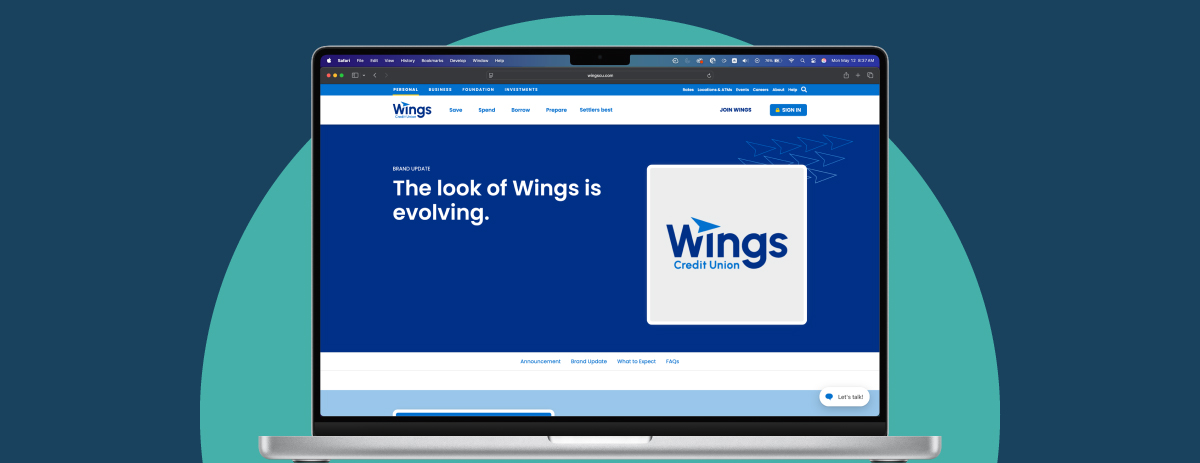A great philosopher once said, “Sometimes me think, what is a friend? And then me say, a friend is someone to share last cookie with.” He also is famous for uttering, “om nom nom nom,” so maybe we should take his wisdom with a grain of salt.
Either way, we are reminded of our friend Cookie Monster as Google threatens to restrict cookies for their Chrome users. Beyond small tests by Google with a small fraction of their users, the monumental shift in how online advertising operates remains pending. The last cookie will be shared eventually and as marketers, we need to be ready to leverage targeting alternatives now, before we are forced to.
Tracking will change. Personalization will drop. Attribution will be more complex. Ad fraud risks will expand. Adaptation will be required.
Thankfully, there are tried and tested strategies that do not rely on cookies to deliver the right message at the right moment by taking an audience-first approach:
Contextual targeting – Relevant messaging
Place ads where they naturally belong leveraging Artificial Intelligence – specifically Natural Language Processing and Machine Learning – to enhance category or keyword targeting, ensuring page content is the deciding factor on whether an ad will be placed, regardless of who the user is.
Examples: Running shoes on a marathon website. Luggage ads on a travel review. Flour ads next to a baking recipe.
Opt-in data – Follow the user
Leverages First-Party Data that you or others have collected on prospective customers via panels, surveys, registrations, events or other means. These individuals, who have given consent for their data (opted-in) to be used for marketing purposes can be ‘matched’ through LiveRamp or another data anonymization platform, enabling advertisers to reach them across the open web.
Example: Upload CRM data collected at your trade show booth into a data anonymization platform, like LiveRamp, to ‘find’ prospects online and serve them digital ads featuring current sales and promotions.
Behaviors – Leveraging trigger actions
Leverage online and offline actions that are being tracked by partners to determine who to target and reach based on trigger actions that align with campaign objectives. Data is collected using Software Development Kits (SDK) in mobile apps, Automatic Content Recognition (ACR) technology monitoring traditional TV, user’s device location for geo-targeting, social networks (sometimes referred to as walled gardens) including Meta, TikTok and X or offline purchase data collected by both retailers and credit card companies.
Examples: A pizza restaurant chain could target users who have their competitor’s loyalty app downloaded on their phone, those who frequently purchase frozen pizzas, and/or implement a geo-targeting campaign surrounding a competitor’s locations.
No one solution will be the magic bullet targeting answer for all use cases, brands or campaigns. Test and try. Learn and apply.
If you haven’t already, explore what is most appropriate for your business and start working on a plan now. With strategic and digitally sound media expertise, CCF is happy to collaborate with your team to design a smart plan forward.






